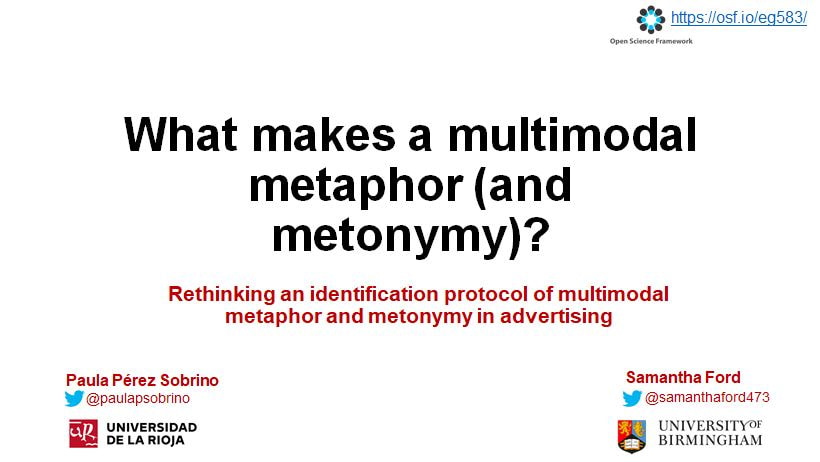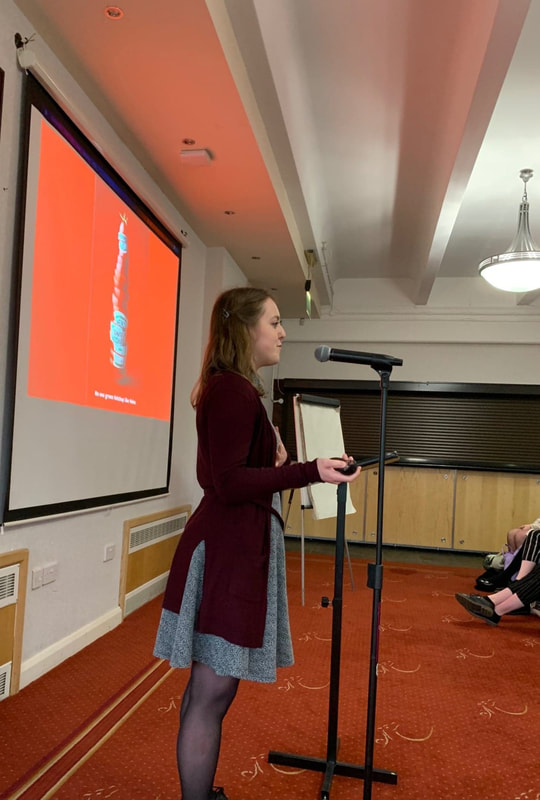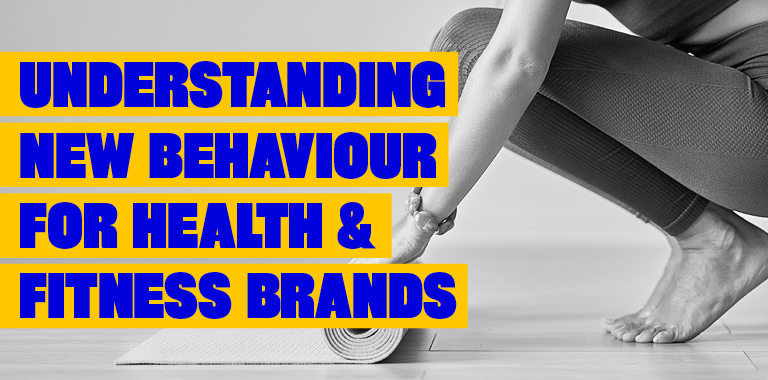Citation:
Ford, S., Littlemore, J., & Pérez-Sobrino, P. (2020). Applying metaphor theory to social advertising: a real world case study. 5th International Virtual Conference on Figurative Thought and Language (Virtual FTL5), Sofia University, Bulgaria, 29th-31st October 2020. Virtual oral presentation.
0 Comments
Access the full paper below; also see Publications. "There have been some significant changes across all sectors, none more so than Health, Wellbeing and Fitness. Whilst physical gym brands have experienced considerable revenue loss and reduced capacity, other areas of the sector have seen unprecedented levels of demand. The one thing that’s common is the rapid rate in which consumers are changing their behaviour. This white paper helps to understand these behaviours and offers brands new ways to navigate the changing landscape." - Aaron Wells, Marketing Director, Big Cat Agency The white paper built on a previous study Identifying the behavioural habits of gym-goers to inform an emotional ‘hook’ campaign for boutique gym classes that analysed the attitudes and behaviours of 68 gym-goers and the impact the gym has on their lifestyle (i.e. diet, sleep, and spending), both before and during the national lockdown due to the Coronavirus pandemic. In further research, linguistic and thematic analysis was used to examine the responses of 143 participants and five in-depth interviews (conducted by Big Cat Agency) to establish whether attitudes and behaviours had changed during lockdown and in a post-lockdown society. The white paper brings together the two primary studies and considers secondary research to contextualise these primary findings. Big Cat followed this with interviews with a number of well-known industry players about how they have adapted their businesses through the pandemic. The research revealed that exercise is still an important part of people’s lives. Yet, lockdown has had a considerable impact on people’s lifestyles with regards to their exercise, eating, and sleeping habits. While the experience of lockdown has encouraged some people to improve their diet and spend more time cooking healthy homemade meals, for others it has blurred and broken down the boundaries of the working-living day, resulting in increased snacking and drinking, an increase in anxiety, and a poorer quality of sleep than before lockdown. People’s motivation for returning to the gym after lockdown was more focused on helping them restore their physical health. Despite being aware of the impact of exercise on their mental health during lockdown, few participants were motivated by their need to improve their mental health to return to the gym. The research concludes in 6 take-aways for health and fitness brands, moving forward:
Citation: Significant contribution was made by Samantha Ford regarding the secondary research and analysis of the primary studies. Citation: Wells, A. (2020). Understanding and reacting to changing to consumer behaviour for health and fitness brands. Big Cat Agency. 6th October 2020. Retrieved from: https://www.creativebrief.com/agency/big-cat/insights/understanding-changing-consumer-behaviour-health-fitness-wellbeing. Also open access from: https://www.samantha-ford.com/publications.html.
|
Categories
All
Archives
October 2022
|
||||||||||
Photos from wuestenigel (CC BY 2.0), wuestenigel




